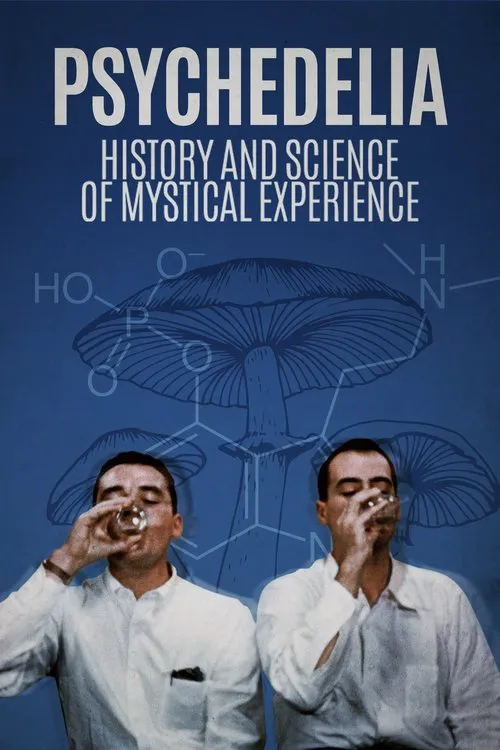Psychedelia

Plot
Psychiatrists of the 1950s were on the cusp of a breakthrough, and it was not the discovery of a new medication, but a new way of understanding the human mind. The rise of psychoanalysis had shed some light on the unconscious mind and its role in shaping human behavior, but the question still lingered: what happens when we delve deeper into the subconscious? This is precisely where psychedelic drugs, led by LSD, came into the picture. At the time, researchers were eager to explore the connection between psychedelics and mystical experiences, which had been a cornerstone of many world religions for centuries. Could these substances unlock hidden realms of the human mind, allowing us to glimpse the divine? Led by pioneers like Timothy Leary and Stanislav Grof, a series of groundbreaking studies were conducted in the 1950s and early 1960s, which would change the course of human understanding forever. One such study, conducted by Dr. John Smythies, explored the relationship between LSD and the concept of "God". The findings suggested that under the influence of the psychedelic, the ego's hold on the conscious mind began to loosen, allowing subjects to experience a sense of transcendence and unity with the universe. Meanwhile, across the Atlantic, Dr. Humphry Osmond was conducting a similar study, where he used LSD to treat patients suffering from various forms of depression and anxiety. His patients reported having profound spiritual experiences, often accompanied by a deep sense of healing and renewal. These findings seemed to suggest that psychedelics could be more than just a tool for expanding consciousness; they could also hold therapeutic potential. At this point, the medical community was abuzz with excitement. LSD, in particular, was hailed as a revolutionary treatment for mental illness, one that held the promise of curing conditions that had until then resisted conventional treatment. The potential applications were vast, and the scientific community was eager to push the boundaries of what was thought possible. As the studies continued, researchers began to notice a peculiar phenomenon: the effects of psychedelics on the mind were not solely limited to the individual experiencing them. The collective experience of the study group seemed to be amplified, as if the shared energy of the group had created a kind of communal consciousness. This concept would later be referred to as "group synergy", but at the time, it was simply a fascinating anomaly that many researchers were quick to exploit. By introducing psychedelics into group settings, researchers believed they could unlock even deeper levels of spiritual awareness, creating a communal experience that would transcend the boundaries of individual perception. Yet, as the studies progressed, concerns began to rise. With the rise of counterculture in the 1960s, the use of psychedelics started to spread beyond the confines of the scientific community. The substances, which had once been viewed as a scientific tool, now began to be seen as a means to an end; a way to experience the divine, without the need for conventional spirituality. As Psychedelia shows, the consequences of this trend were disastrous. The excesses of the 1960s counterculture, fueled by a mix of psychedelics, music, and revolutionary ideology, led to social chaos and widespread disorientation. The substances, which had once held such promise, now became a symbol of societal decay and moral collapse. The film ends on a somber note, with the realization that the early promise of psychedelics as a tool for unlocking human potential had been lost in the maelstrom of cultural upheaval. Yet, even as the darkness of the 1960s receded into memory, the research on psychedelics continued, albeit quietly. Today, we are seeing a resurgence of interest in psychedelic-assisted therapy, as a new generation of researchers seeks to unlock the secrets of these powerful substances. Their findings are promising, and we are beginning to see a new era of research emerge, one that seeks to harness the potential of psychedelics in a way that honors the original vision of Dr. Osmond and his colleagues. Psychedelia is a reminder that the line between scientific inquiry and societal chaos is a thin one, and that the promise of new discoveries always carries with it the risk of unintended consequences. Nevertheless, the film leaves the viewer with a sense of hope: that by exploring the mysteries of the human mind, we may yet unlock new dimensions of human potential, and that the promise of psychedelics may one day be fulfilled.
Reviews
Recommendations


